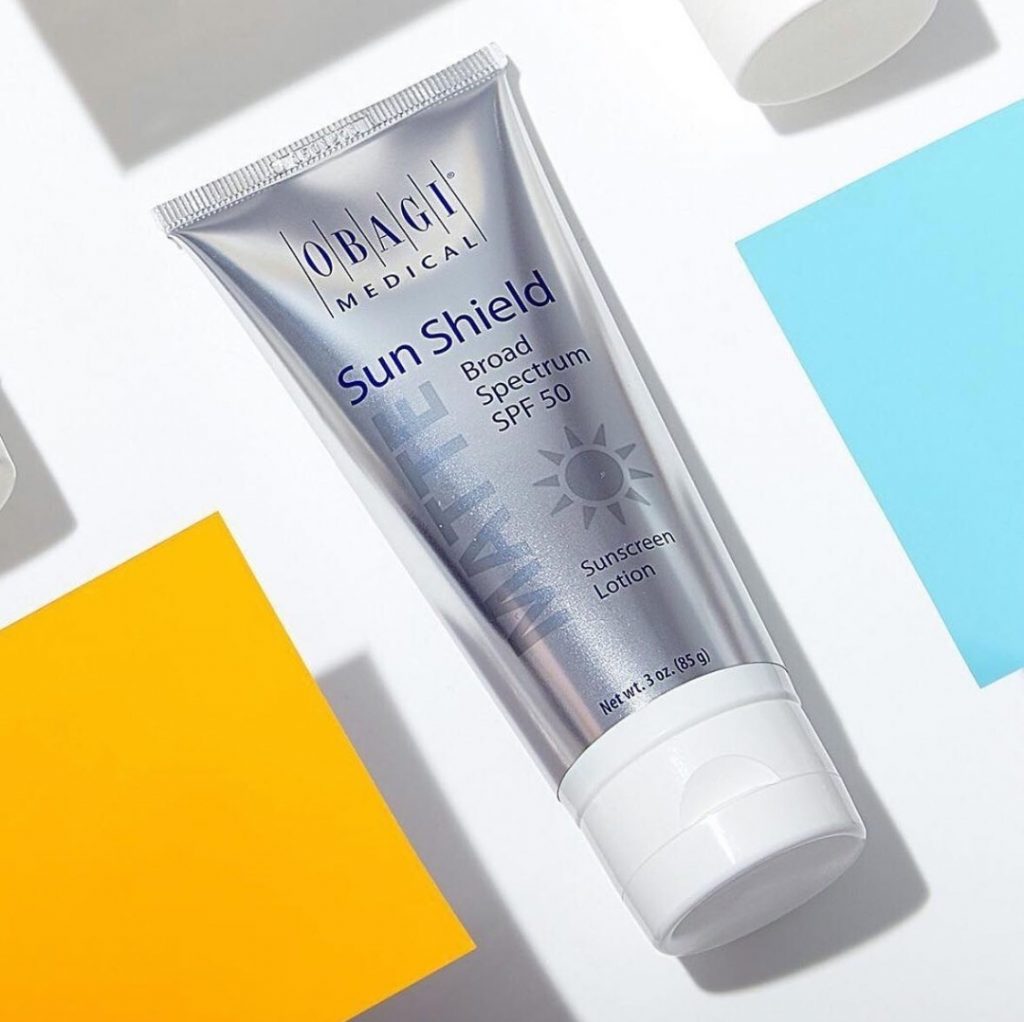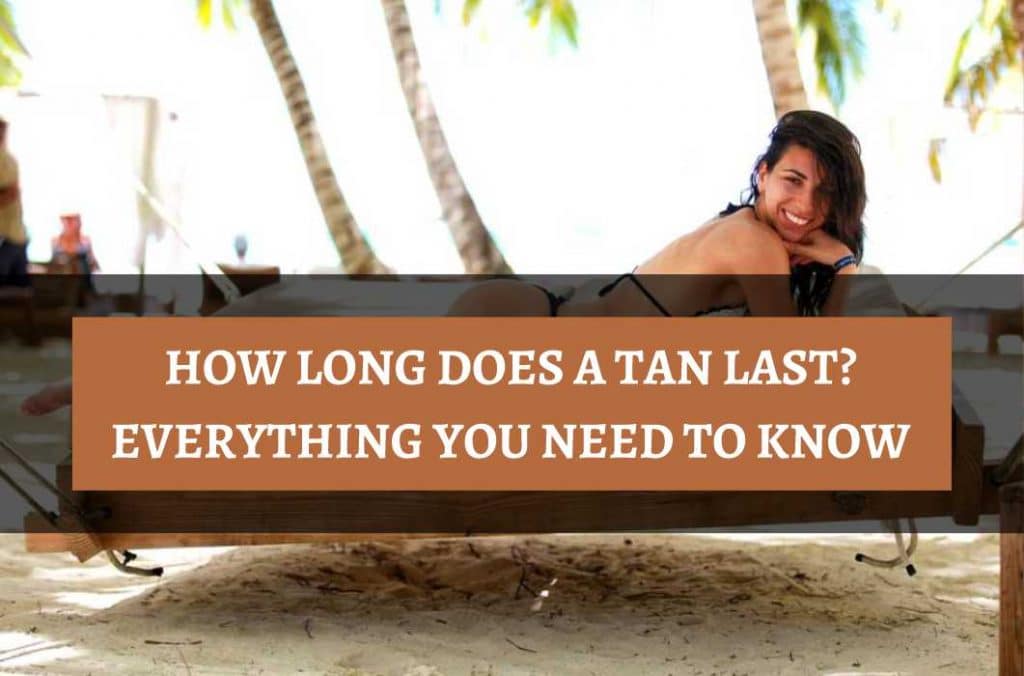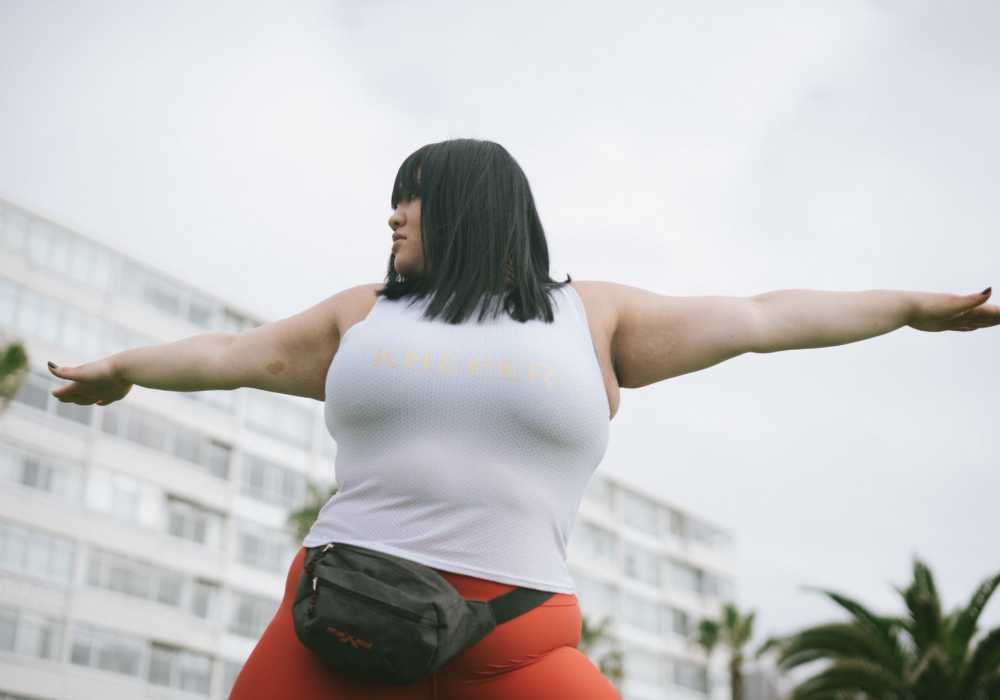As an Affiliate, We may earn a commission that doesn't cost you extra from qualifying purchases using links in this post. It helps keeps this blog running.
There are so many myths and misconceptions about tanning out there that it can be hard to know what’s true and what isn’t. One of the most common questions people ask is whether or not you can tan two days in a row. The answer, as with most things related to tanning, is complicated. In this post, we’ll break down what you need to know about tanning two days in a row so you can make an informed decision about whether or not it’s right for you.
But before that;
Read A Specific Section
Can you go tanning twice in 24 hours?
It is possible to tan twice in 24 hours, but you should not tan twice in 24 hours regardless of the tanning method. Tanning too frequently can lead to skin damage, premature aging, and an increased risk of skin cancer. When tanning, ultraviolet (UV) rays penetrate the skin and damage its cellular DNA. Although this damage is minimal and can be beneficial when done in the right proportion but when overdone it can result in inflammation, skin cell death, and the development of precancerous lesions.
Tanning too often can also cause the skin to become dehydrated and dry, leading to wrinkles and a loss of elasticity. In general, it is best to limit tanning sessions to no more than once or twice per week. This will help to minimize the risks associated with overexposure to UV radiation.
Can you tan two days in a row?
Yes, you can tan two days in a row when tanning outdoor in the sun (sunbathing) but you shouldn’t tan two days in a row when using tanning beds.
Tanning two days in a row can no doubt produce a deeper tan, but tanning more frequently than that can actually lead to skin damage. When you tan, your skin produces melanin in response to the ultraviolet radiation from the sun or tanning bed which penetrates the top layer of skin and causes the body to produce more melanin. Melanin is the pigment that gives skin its color. tanning accelerates the production of melanin, resulting in a darkened complexion.
This melanin helps to protect your skin from further damage, but it takes time for melanin production to ramp up. That’s why tanning two days in a row can produce a deeper tan. However, if you tan more frequently than that, your skin won’t have enough time to produce melanin, and you’ll actually be causing damage. In addition, tanning too often can lead to dehydration and premature wrinkles. So if you’re looking to get a deeper tan through sunbathing, then tan two days in a row. But beyond that, it’s best to take a break.
If you do choose to tan two days in a row, be sure to use a broad-spectrum sunscreen with an SPF of at least 30. And remember to stay hydrated by drinking plenty of water.
The recommended broad-spectrum sunscreen with over 50 SPF is the Obagi Sunscreen Sun Shield Matte Broad Spectrum SPF 50 Sunscreen, which is non-greasy and combines UVB absorption with UVA protection then disperse them off as heat.

Obagi Sunscreen Sun Shield Matte Broad Spectrum SPF 50 Sunscreen
- High SPF 50 protection includes physical and chemical sunscreen ingredients
- Versatile, elegant sun protection lotion
- Dries with a sheer matte finish
- Suitable for all skin types.
- Non-comedogenic.
- Allergy & dermatologist tested.
- Fragrance-free.
- Made without parabens.
what happens if you tan two days in a row?
Depending on the kind of tanning, tanning two days in a row outside in the sun will not have any adverse effects on your skin provided you time the UV index right and don’t overstay your welcome in the sun
In fact, sunbathing lightly two days in a row in moderation can actually help you tan faster and darker. many dermatologists encourage their patients to tan a few days in a row when they are first starting out to build up their base tan. This will help you avoid getting burned and increase the chance of getting an even tan.
When you tan, your body produces melanin, which is what gives your skin its color. The more melanin you have, the darker your skin will be. tanning two days in a row will help to build up your melanin levels more quickly, resulting in a darker tan.
However, if you are using a sunless tanner or indoor tanning beds, it is not recommended that you tan two days in a row. This can lead to over-exposure and possible skin irritation. It is always best to follow the manufacturer’s directions on how often you should use their product.
Tanning too frequently can also lead to skin problems such as premature wrinkles, sun spots, and even skin cancer. It is important to remember to always wear sunscreen, even if you are just going outside for a short period of time. And be sure to stay hydrated by drinking plenty of water to keep your skin healthy and glowing.
can you tan two days in a row without showering in between?
It’s not recommended to tan two days in a row without showering in between, as this can lead to skin irritation and dehydration. If you do choose to tan on consecutive days, make sure to thoroughly cleanse your skin in between sessions, and moisturize regularly to keep your skin healthy and hydrated. In fact, it’s generally a good idea to take a break from tanning every few days, to allow your skin to recover and regenerate.
Showering between tanning sessions helps to remove any build-up of self-tanner on the skin, which can cause skin irritation. It also helps to keep your skin hydrated and healthy, preventing it from becoming dry and cracked. Showering regularly also helps to get rid of any bacteria or sweat on the skin that can lead to fungal infections or acne breakouts.
How much tanning is too much?
When tanning outdoors, stay in the shade during the peak hours of UV exposure (10 am-4 pm) and wear sunscreen with an SPF of at least 30. When indoors, use a tanning bed or booth that emits mostly UVA rays rather than UVB rays, and limit your sessions to no more than 15 minutes. Remember, even moderate tanning with a tanning bed can be damaging to your skin, so it is best to avoid it altogether if possible.
The recommended broad-spectrum sunscreen with over 50 SPF is the Obagi Sunscreen Sun Shield Matte Broad Spectrum SPF 50 Sunscreen, which is non-greasy and combines UVB absorption with UVA protection then disperse them off as heat.

Obagi Sunscreen Sun Shield Matte Broad Spectrum SPF 50 Sunscreen
- High SPF 50 protection includes physical and chemical sunscreen ingredients
- Versatile, elegant sun protection lotion
- Dries with a sheer matte finish
- Suitable for all skin types.
- Non-comedogenic.
- Allergy & dermatologist tested.
- Fragrance-free.
- Made without parabens.
Just one indoor tanning session in a tanning bed can increase your risk of developing skin cancer, including melanoma (the deadliest type of skin cancer). Melanoma rates have been rising for the last 30 years, and indoor tanning is thought to play a role in this increase. The UV rays in tanning beds and sunlamps can also cause other problems, such as premature wrinkles, age spots, and eye damage. So how much tanning is too much in a tanning bed? The answer is that any amount of tanning in a tanning bed can be harmful. The best way to protect yourself from the dangers of tanning beds is to avoid them altogether.
So how much tanning is too much outdoor in the sun? The general rule is to tan no more than two days in a row, this gives your skin time to recover from the ultraviolet (UV) exposure, and If you must tan outdoors, be sure to use sunscreen with an SPF of at least 30 and stay out of the sun during the peak hours of 10 am to 4 pm.
Although, tanning can give people a “boost” of vitamin D, which is important for bone health. The amount of time you can spend in the sun or in a tanning bed before it becomes harmful depends on your skin type. People with lighter skin types burn more easily and are at higher risk for skin cancer as a result of too much tanning, so they should be more cautious about how much time they spend in the sun or in a tanning bed. In general, it is best to limit tanning sessions to no more than once or twice per week. This will help to minimize the risks associated with overexposure to UV radiation.
How many times a week you should tan?
The answer to this question depends on your skin type but regardless of the skin type, it’s generally safe to tan once or twice a week. This will help you build up a tan gradually and minimize the risks associated with overexposure to UV radiation. Remember to use sunscreen, wear protective clothing, and stay out of the sun during the peak hours of 10 am to 4 pm. If you have lighter skin, you may want to limit your tanning sessions to once a week to minimize the risk of skin cancer.
People with lighter skin types burn more easily and are at higher risk for skin cancer as a result of too much tanning, so they should be more cautious about how much time they spend in the sun or in a tanning bed.
Can you get a tan in two days?
Skin tanning through the sun (sunbathing) doesn’t take that long provided the weather is good and the atmosphere is clear. Most people will tan within 30 mins to 3hrs in the sun. So, two days is more than enough or even too much depending on the skin type and kind of tan you want to get.
However, some people may find it difficult to tan within a few hours due to their skin type or medical conditions. People with darker skin tones have more melanin, which gives them some natural protection against the sun. As a result, they may find it difficult to tan or may only be able to achieve a light tan. People with certain medical conditions, such as vitiligo or albinism, may also find it difficult to tan due to a lack of pigment in their skin.
How long should you wait between tanning?

You should wait at least 24 hours in between tanning sessions, and preferably 48 hours. This gives your skin time to recover from the last session and ensures that you don’t overdo it. Tanning too often can lead to skin damage, so it’s best to play it safe.
In some cases, when the weather is cloudy or during winter you may be able to get away with tanning every other day by spending little time in the sun. If you do, make sure to use high-quality sunscreen and avoid spending too much time in the sun.
Can you tan two days in a row outside?
When tanning outside in the sun, you can tan two days in a row, but it’s not recommended. The sun’s ultraviolet (UV) rays are most intense during the middle of the day, so if you do choose to tan on consecutive days, try to tan in the morning or evening when the sun’s rays are less direct. Also, be sure to wear sunscreen with an SPF of at least 30 and reapply it every two hours to prevent sunburn. Finally, remember that too much sun exposure can lead to skin cancer, so it’s important to limit your time in the sun, even if you’re using sunscreen.
can you self-tan two days in a row?
Most self-tanners recommend that you wait at least 24 hours between applications, but some formulas can be used sooner. If you’re unsure about a particular product, it’s always best to check the label, and instructions or contact the manufacturer to get specific instructions. In general, though, it’s best to err on the side of caution and give your skin a day to rest between self-tanner applications.
can you spray tan two days in a row?
It’s generally not recommended to spray tan two days in a row because your skin needs time to recover from the first application. In addition, most people find that one airbrush session of spray tan application is sufficient if you know what you are doing, so there’s no need to airbrush spray tan more than once.
Most spray tans last for about 5-7 days, so if you spray tan on Monday, you should wait until at least Wednesday or Thursday to spray again. This will give your skin time to recover and prevent the build-up of chemicals on your skin. Additionally, it’s important to exfoliate before each spray tan session to ensure even coverage and avoid streaks.
However, if you do choose to spray tan on consecutive days, be sure to apply a light layer of self-tanner on the second day rather than trying to build up a darker tan.
what happens if you get a spray tan two days in a row?

If you get a spray tan two days in a row, you may notice that your skin is darker than usual. This is because the self-tanner builds up on your skin and can cause a dark, uneven color. Additionally, you may experience dryness, itchiness, or irritation if you don’t wait long enough between applications.
To avoid these problems, it’s best to wait at least 5 days between spray tan sessions. This will give your skin time to recover and prevent the build-up of chemicals on your skin. Additionally, it’s important to exfoliate before each spray tan session to ensure even coverage and avoid streaks.
can you use A tanning bed 3 days in a row?
No, you should not use a tanning bed three days in a row nor should you use a tanning bed 2 days in a row, it’s too dangerous. The ultraviolet (UV) rays from the tanning bed lamps are harmful to your skin, and too much exposure can lead to skin cancer. Additionally, using a tanning bed more than twice a week can cause premature aging of the skin. in fact, just one session in a tanning bed can increase your risk of skin cancer by 20%.
So, if you must use a tanning bed, be sure to limit your sessions to no more than twice a week, and always wear sunscreen with an SPF of at least 15.
what happens if you tan in a tanning bed two days in a row
If you tan in a tanning bed two days in a row, you may increase your risk of developing skin cancer. While the sun emits both UVA and UVB rays, tanning beds primarily emit UVA rays. These rays can penetrate your skin more deeply, damaging cells and DNA. This can lead to skin cancer. Melanoma, the deadliest form of skin cancer, is associated with exposure to tanning beds. If you must use a tanning bed, limit your sessions to no more than once or twice a week. And be sure to wear sunscreen with an SPF of at least 15 every time you go outside, even if it’s cloudy.
if you burn in a tanning bed can you tan the next day?
No, you should not tan the next day if you have skin burns as a result of using a tanning bed. Aside from being painful, it can also lead to skin peeling and other serious complications.
Skin burns can also increase your risk of developing skin cancer, so it is best to avoid further exposure to UV rays till it completely soothes and heals. If you must use a tanning bed, limit your sessions to no more than once a week. And be sure to wear sunscreen with an SPF of at least 30 every time you go outside.

I’m Akin, your dedicated Editor-in-Chief and a fervent skincare enthusiast. Self-care is my true passion, and each year, I embark on a thorough exploration of self-tanning products, ranging from lotions to mists. This forms the bedrock of our commitment to delivering top-notch information to our readers. My extensive research and precise product rankings empower you to make informed decisions tailored to your specific skincare needs.
Unlock the Secrets to Achieving Your Ideal Tan with This Comprehensive Checklist



